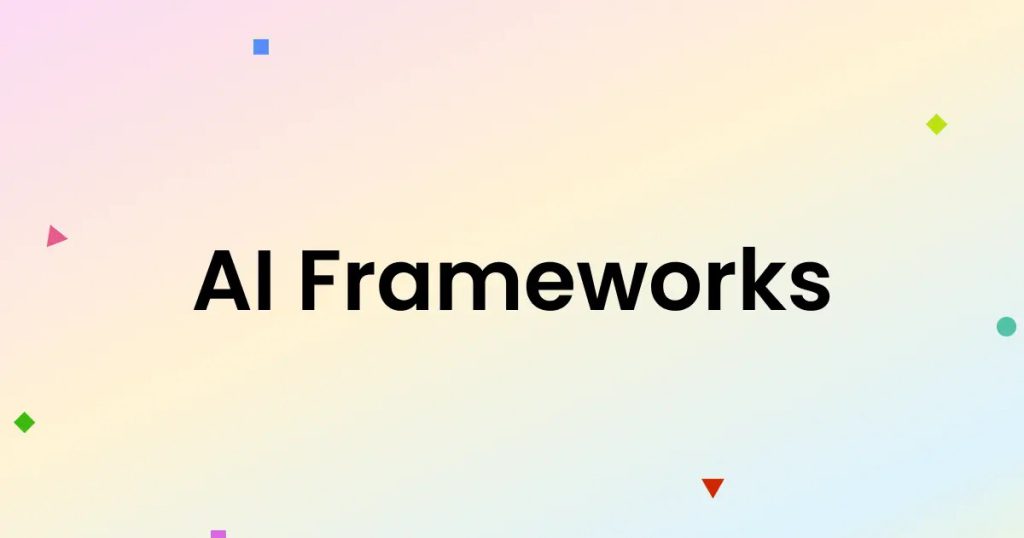As artificial intelligence (AI) continues to evolve, developers and researchers require powerful tools to implement and test their ideas effectively. Three of the most popular frameworks—TensorFlow, PyTorch, and Keras—have emerged as leading choices for building machine learning (ML) models. Each framework has unique strengths, and the choice often depends on the user’s needs, level of expertise, and project requirements. Let’s dive into a detailed comparison of these frameworks.
1. Overview of the Frameworks
TensorFlow
Developed by Google, TensorFlow is an open-source platform widely used for deep learning and ML. TensorFlow excels in scalability and production-grade deployment. Its ecosystem includes tools like TensorFlow Lite for mobile and TensorFlow.js for browser-based applications.
PyTorch
Created by Facebook (now Meta), PyTorch is another open-source deep learning framework known for its flexibility and dynamic computational graphs. It is particularly favored by researchers for its intuitive design and support for experimentation.
Keras
Keras is an open-source high-level API designed to run on top of backends like TensorFlow. It simplifies the model-building process, making it beginner-friendly while still offering sufficient depth for advanced users.
2. Key Differences
| Feature | TensorFlow | PyTorch | Keras |
|---|---|---|---|
| Ease of Use | Moderate: Requires familiarity with its ecosystem. | High: Intuitive and Pythonic syntax. | Very High: Simplified, beginner-friendly interface. |
| Graph Type | Static and Dynamic (supports both). | Dynamic (eager execution). | Dynamic (via TensorFlow backend). |
| Performance | Excellent for large-scale applications. | Great for research and prototyping. | Dependent on the backend (TensorFlow). |
| Deployment | Strong production support (TensorFlow Serving, TensorFlow Lite). | Limited built-in deployment tools. | Relies on TensorFlow for deployment. |
| Community Support | Extensive, with enterprise-level resources. | Strong and research-focused. | Tied to TensorFlow’s community. |
| Visualization Tools | TensorBoard. | Supports third-party tools. | TensorBoard (via TensorFlow). |
| Hardware Support | GPUs, TPUs (Tensor Processing Units). | GPUs, limited TPU support. | Same as TensorFlow. |
3. Deep Dive into Use Cases
TensorFlow: Production-Ready Framework
- Best for: Companies building enterprise-grade ML applications.
- Why? TensorFlow’s scalability and production tools, like TensorFlow Serving and TensorFlow Lite, make it an excellent choice for deploying models on various platforms.
- Example Applications:
- Real-time recommendation systems for e-commerce.
- Deploying deep learning models on edge devices using TensorFlow Lite.
- Training large-scale natural language models with TensorFlow Extended (TFX).
PyTorch: Research and Prototyping Tool
- Best for: Researchers and academics who prioritize flexibility.
- Why? PyTorch’s dynamic computation graph makes it easier to debug and experiment with new ideas.
- Example Applications:
- Developing novel neural network architectures.
- Research in reinforcement learning using OpenAI Gym and PyTorch.
- Prototyping AI systems for medical imaging.
Keras: Simplified Model Building
- Best for: Beginners or those looking for a high-level API to accelerate development.
- Why? Keras abstracts away many of the complexities, allowing users to focus on building and training models.
- Example Applications:
- Teaching ML concepts to students in academic courses.
- Rapid prototyping of models for image classification or sentiment analysis.
- Fine-tuning pre-trained models with minimal code.
4. Strengths and Weaknesses
TensorFlow Strengths
- Comprehensive ecosystem for building, training, and deploying models.
- Strong support for mobile and embedded devices.
- TensorBoard for detailed model visualization and debugging.
Weaknesses:
- Steeper learning curve compared to PyTorch and Keras.
PyTorch Strengths
- Pythonic syntax makes it intuitive for Python developers.
- Great flexibility for creating custom architectures.
- Favored by the research community for experimentation.
Weaknesses:
- Less focus on deployment tools compared to TensorFlow.
Keras Strengths
- Extremely easy to use with minimal code requirements.
- Allows quick experimentation with pre-trained models via TensorFlow Hub.
- Excellent for educational purposes.
Weaknesses:
- Limited control over low-level computations.
- Heavily reliant on TensorFlow for production deployment.
5. Which Framework Should You Choose?
For Beginners:
- Start with Keras to quickly grasp the basics of neural networks and deep learning.
For Researchers:
- Opt for PyTorch for its dynamic nature and ease of experimentation.
For Enterprises and Production:
- Choose TensorFlow for its robust deployment capabilities and scalability.
6. Looking to the Future
- Unified Approaches: Both TensorFlow and PyTorch are evolving, with TensorFlow adopting more dynamic graph features and PyTorch focusing on deployment tools like TorchServe.
- Interoperability: ONNX (Open Neural Network Exchange) enables models to be converted between frameworks, bridging gaps.
- Scalability vs Simplicity: While TensorFlow dominates large-scale deployments, PyTorch continues to lead in research.
7. Conclusion
The choice between TensorFlow, PyTorch, and Keras boils down to your specific use case: whether you’re teaching ML, conducting cutting-edge research, or deploying AI systems at scale. By understanding their strengths and weaknesses, AI practitioners can harness the best tools to meet their goals.


